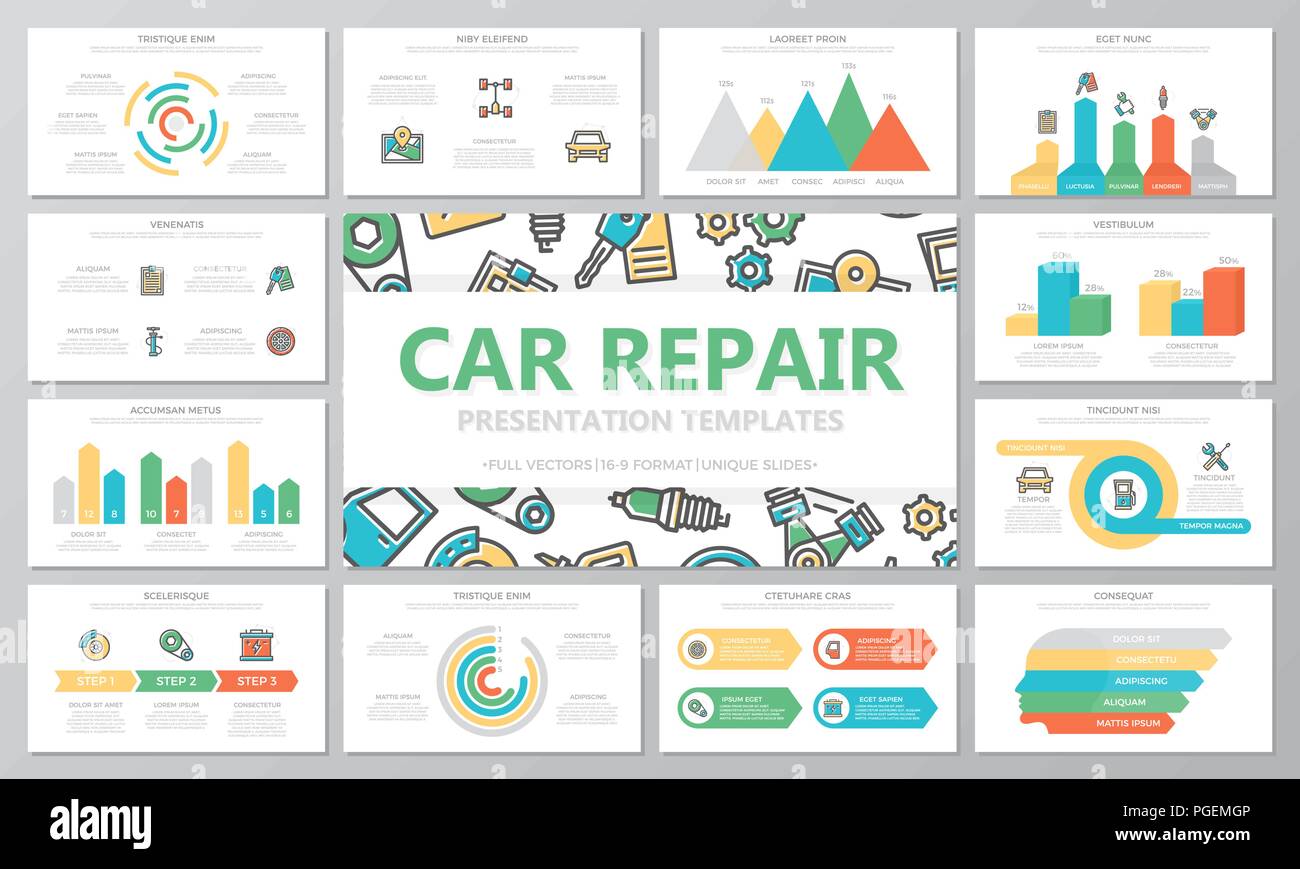Looking For Quality On The Caution Lights Showed On Your Cars And Truck'S Dashboard? Figure Out How They Connect To Your Car'S Health And Safety
Looking For Quality On The Caution Lights Showed On Your Cars And Truck'S Dashboard? Figure Out How They Connect To Your Car'S Health And Safety
Blog Article
Material Create By-Higgins Forbes
When you're behind the wheel, those glowing warning lights on your control panel can be a little bit perplexing. Do you recognize what they're attempting to tell you concerning your vehicle's wellness? Comprehending the significance of these lights is important for your safety and the longevity of your vehicle. So, the next time among those lights pops up, would not you want to decode its message precisely and take the essential actions to resolve it?
Common Warning Lighting and Interpretations
Recognize typical warning lights in your vehicle and understand their meanings to guarantee secure driving.
One of the most typical warning lights consist of the check engine light, which indicates problems with the engine or exhausts system. If this light begins, it's vital to have your vehicle inspected immediately.
The oil pressure cautioning light suggests reduced oil stress, calling for instant attention to stop engine damage.
A blinking battery light could suggest a damaged billing system, possibly leaving you stranded if not addressed.
The tire pressure surveillance system (TPMS) light signals you to reduced tire stress, influencing automobile security and fuel efficiency. Ignoring this could lead to unsafe driving problems.
The abdominal muscle light indicates a trouble with the anti-lock stopping system, compromising your ability to stop promptly in emergency situations.
Last but not least, the coolant temperature alerting light warns of engine overheating, which can cause severe damage otherwise dealt with quickly.
Comprehending these usual caution lights will certainly aid you attend to issues without delay and maintain risk-free driving conditions.
Significance of Prompt Interest
Recognizing the typical warning lights in your auto is just the first step; the value of quickly addressing these warnings can not be highlighted enough to ensure your safety when traveling.
When take a look at the site here brightens on your dashboard, it's your auto's means of interacting a prospective problem that needs interest. Ignoring https://rylanjdysr.blog-a-story.com/11561539/figure-out-the-vital-steps-to-pick-a-trusted-automobile-service-center-that-will-aid-keep-your-car-in-peak-condition-your-vehicle-is-entitled-to-outstanding-attention can cause much more severe problems in the future, jeopardizing your security and possibly costing you more in repairs.
Trigger attention to advising lights can stop malfunctions and mishaps. As an example, a blinking check engine light could show a misfire that, if left neglected, might create damage to the catalytic converter. Resolving this quickly can conserve you from a pricey repair.
In a similar way, a brake system alerting light may signal low brake liquid or worn brake pads, crucial elements for your safety and security when driving.
Do It Yourself Troubleshooting Tips
If you observe a warning light on your control panel, there are a few do it yourself repairing tips you can try prior to looking for professional assistance.
The very first step is to consult your vehicle's manual to understand what the specific caution light indicates. In visit the next website can be as basic as a loose gas cap setting off the check engine light. Tightening the gas cap might solve the trouble.
An additional usual issue is a reduced battery, which can cause different warning lights. Checking the battery links for rust and ensuring they're safe might take care of the trouble.
If a caution light continues, you can attempt resetting it by disconnecting the car's battery for a couple of mins and then reconnecting it. Additionally, checking your vehicle's fluid degrees, such as oil, coolant, and brake fluid, can help troubleshoot alerting lights associated with these systems.
Conclusion
To conclude, comprehending your vehicle's warning lights is essential for maintaining your automobile running efficiently and safely. By without delay resolving these alerts and recognizing what they indicate, you can stay clear of costly fixings and prospective failures.
Bear in mind to consult your auto's handbook for particular details on each alerting light and act accordingly to ensure a trouble-free driving experience.
Keep notified, stay risk-free when traveling!
